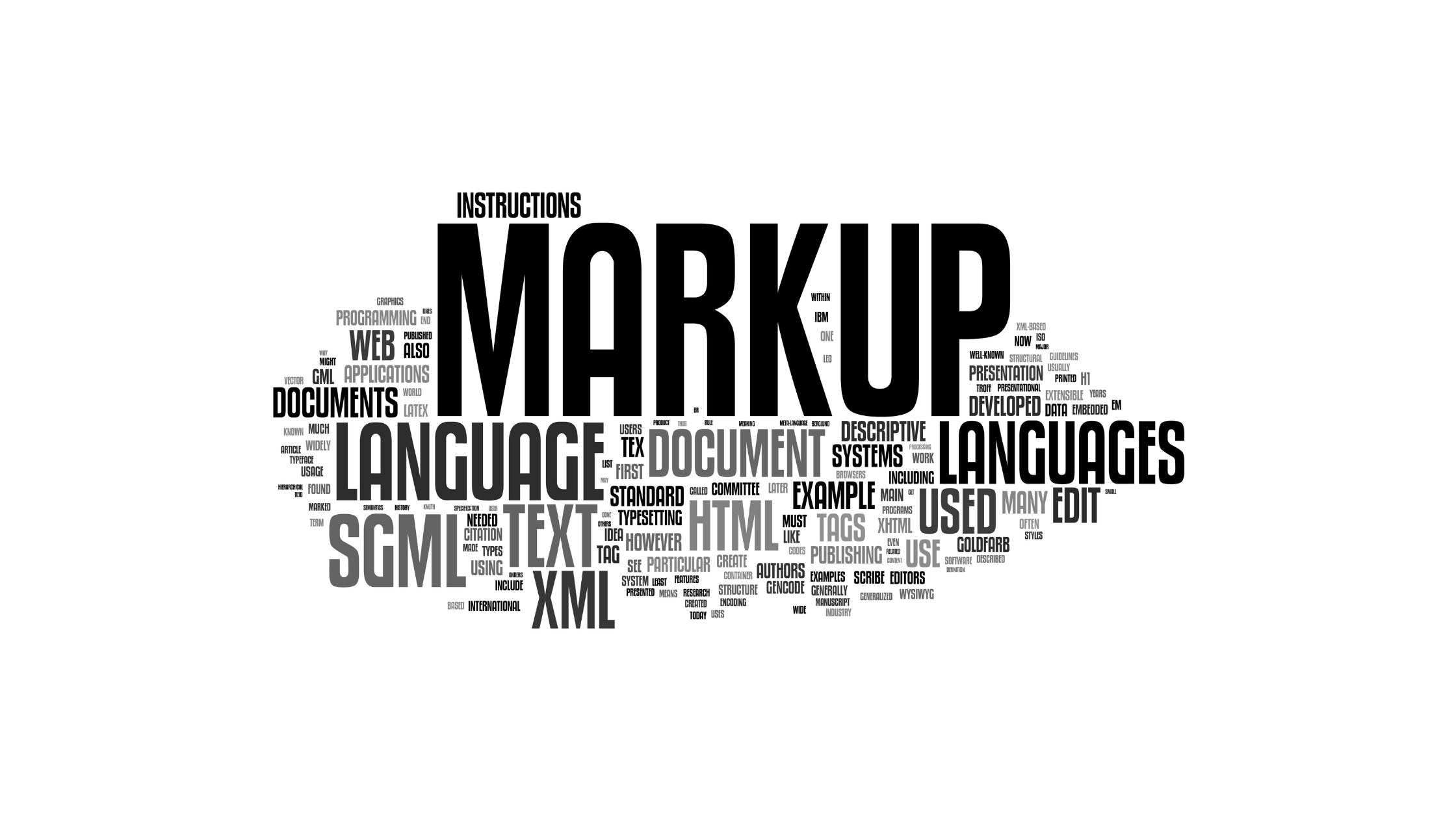In the ever-evolving world of digital marketing, staying ahead of the curve is essential for success. One of the strategies that has gained significant traction in recent years is schema markup. Schema markup, often structured data, is a powerful tool that can significantly enhance your SEO strategy. In this article, we will explore schema markup, how it works, and how it can benefit your website’s SEO efforts.
What is Schema Markup?
Schema markup is a specific type of code that you add to your website’s HTML to help search engines provide more informative and relevant search results for users. This code provides search engines with additional context about the content on your website, making it easier for them to understand and display your content meaningfully.
The term “schema” refers to a structured, organized system for categorizing and labeling information. Schema markup uses a standardized vocabulary of tags (or microdata) that you can add to your HTML code. These tags describe the elements on your web page, such as articles, products, events, reviews, and more. Each type of content has its own set of specific tags. Schema markup is a collaboration between major search engines, including Google, Bing, Yahoo, and Yandex. By adopting schema markup, you are speaking the language of these search engines, helping them better understand your content and, in turn, improving your website’s visibility in search results.
How Does Schema Markup Work?
To understand how schema markup works, let’s consider a practical example. Imagine you run a restaurant and have a website that features your menu, location, and customer reviews. By implementing schema markup, you can provide search engines with detailed information about these aspects of your business.
Here’s a breakdown of how schema markup can be applied to various elements on your restaurant’s website:
Menu: You can use schema markup to describe the different dishes on your menu. This might include the dish name, description, price, and any unique dietary information. By doing this, search engines can display your menu items in search results, complete with prices and a description.
Location: Schema markup can provide your restaurant’s address, phone number, and operating hours. This information can be presented in a rich snippet in search results, including a map with your location.
Customer Reviews: You can use schema markup to highlight customer reviews and ratings. This can make your restaurant’s star rating appear in search results, helping potential customers quickly assess your reputation.
In this way, schema markup transforms your content into a language that search engines can easily understand and present in a more visually appealing and informative manner to users. This leads to enhanced visibility, higher click-through rates, and improved user satisfaction.
Benefits of Schema Markup for SEO
Schema markup offers numerous benefits for your SEO strategy. Let’s delve into some of the most significant advantages:
Improved Search Visibility: Implementing schema markup can lead to rich snippets in search results. These rich snippets are more visually appealing and informative, which can help your website stand out in the search results and increase click-through rates.
Enhanced Click-Through Rates: Rich snippets often contain additional information, such as star ratings, prices, or event dates, making them more enticing for users. This can result in higher click-through rates on your website.
Better User Experience: Schema markup provides search engines with detailed information about your content, allowing them to present it in a more user-friendly way. Users can quickly find the information they need, which enhances their experience on your website.
Increased Credibility: Schema markup can help highlight your expertise and authority in your field. When search engines display your content as rich snippets, it suggests that your website is a trusted source of information.
Enhanced Mobile SEO: With the growing number of mobile users, schema markup is even more critical. Rich snippets can provide mobile users with essential information without clicking through to your website, improving the user experience.
Competitive Advantage: While schema markup is becoming more popular, many websites have yet to implement it. By adopting schema markup early, you can gain a competitive advantage in your niche.
Voice Search Optimization: As voice search grows, schema markup becomes even more valuable. Voice assistants rely on structured data to provide quick and accurate responses to user queries.
Types of Schema Markup
Schema markup covers various content types, enabling you to provide structured data for various website elements. Some of the common types of schema markup include:
- Article: Markup for news articles, blog posts, and other written content. This can include the headline, publication date, author, and image.
- Product: Markup for products, including information like name, description, price, availability, and reviews.
- Local Business: Markup for local businesses, featuring data such as the business name, address, phone number, and operating hours.
- Recipe: Markup for recipes with information on ingredients, preparation time, nutrition facts, and ratings.
- Event: Markup for events, including details like the event name, date, time, location, and ticket information.
- Review: Markup for reviews of products, businesses, movies, and more, offering data on the item being reviewed, the reviewer, and the rating.
- FAQ: Markup for frequently asked questions, allowing you to provide structured answers to common queries.
- Video: Markup for video content, providing information on the title, description, duration, and upload date.
These are just a few examples of the many content types you can mark up with schema markup. The specific tags and properties you use will depend on the type of content you want to enhance with structured data.
Implementing Schema Markup
Now that you understand the benefits of schema markup and the different types available let’s discuss how to implement it on your website. There are a few methods for adding schema markup:
- JSON-LD (Recommended): JSON-LD (JavaScript Object Notation for Linked Data) is the most recommended method for adding schema markup. It involves embedding a block of JSON code directly into your web page’s HTML. JSON-LD is easy to implement and maintain, and it’s the preferred method by Google.
- Microdata: Microdata involves adding specific attributes to your HTML tags. This method is more complex and challenging to maintain, making it less popular than JSON-LD.
- RDFa (Resource Description Framework in Attributes): RDFa is another method that allows you to add structured data to your HTML using attributes within your HTML tags. Like microdata, RDFa is less favored because it can be more complex to implement.
To get started with schema markup, follow these steps:
1. Identify the Content to Mark Up: Determine which website elements you want to enhance with structured data. This could include products, events, articles, or other content types.
2. Choose the Appropriate Schema Type: Select the relevant schema type for the content you want to mark up. You can find a comprehensive list of schema types on schema.org.
3. Generate the Schema Markup: You can manually create the JSON-LD code for your schema markup, or you can use online tools and generators to help create the structured data.
4. Add the Markup to Your Website: Insert the generated schema markup into your web page’s HTML code. Place it within the <script> tags in the <head> section of your page. Follow the schema guidelines and adjust the markup according to your specific content.
5. Validate Your Markup: To ensure you’ve implemented schema markup correctly, use Google’s Structured Data Testing Tool or other validation tools. These tools will help identify any errors or issues with your structured data.
6. Monitor Performance: After implementing schema markup, monitor your website’s performance in search results. Track changes in click-through rates, user engagement, and search rankings to gauge the impact of schema markup on your SEO efforts.
Schema Markup and SEO Best Practices
While implementing schema markup is a valuable addition to your SEO strategy, it’s essential to follow best practices to maximize its effectiveness. Here are some tips for using schema markup effectively:
- Choose Relevant Markup: Use schema markup that accurately represents the content on your web page. This ensures that search engines display the most relevant information to users.
- Keep it Updated: Ensure that your schema markup remains current and accurate. If there are changes to your content, update the structured data accordingly.
- Avoid Over-Marking: While schema markup is valuable, it’s important not to overdo it. Excessive markup can be seen as spammy by search engines and may lead to penalties.
- Use Specific Properties: Take advantage of specific properties within the schema markup to provide more detailed and accurate information about your content. This can make your content more appealing in search results.
- Mobile Optimization: Given the increasing use of mobile devices, ensure your schema markup is mobile-friendly and provides valuable information to mobile users.
- Implement Breadcrumbs: Breadcrumbs can improve user navigation and search engine understanding of your site’s structure. Use breadcrumb markup to enhance the presentation of your site’s hierarchy in search results.
- Test and Validate: Regularly test and validate your schema markup to identify and rectify any issues or errors promptly.
- Stay Informed: Keep up to date with changes and updates to schema markup guidelines. The schema.org website and search engine developer documentation are valuable resources for staying informed.
Measuring the Impact of Schema Markup
To determine the impact of schema markup on your SEO strategy, it’s essential to monitor and measure its performance. Here are some key performance indicators to track:
- Click-Through Rates (CTR): Analyze whether your click-through rates have improved after implementing schema markup. You can use tools like Google Search Console to track CTR changes.
- User Engagement: Monitor user engagement metrics, such as time on page, bounce rate, and pages per session, to see if structured data has a positive effect on user behavior.
- Search Rankings: Keep an eye on your website’s search rankings for relevant keywords. An increase in rankings may result from improved search engine understanding of your content through schema markup.
- Conversion Rates: Examine whether schema markup has a positive impact on conversion rates. Are users more likely to convert (e.g., purchase and sign up for a newsletter) after engaging with your structured data-enhanced content?
- Rich Snippet Impressions: Check how often your rich snippets are displayed in search results and assess the structured data types that generate the most impressions.
- Voice Search Performance: If you have a strong presence in voice search, monitor the impact of schema markup on voice search results and engagement.
- Competitive Analysis: Compare your performance with competitors implementing schema markup. Identify areas where you can improve your structured data to gain a competitive edge.
Common Mistakes to Avoid
While schema markup can significantly benefit your SEO strategy, there are common mistakes that you should be aware of and avoid:
- Incorrect Implementation: One of the most common mistakes is implementing schema markup incorrectly. Make sure to validate your markup and adhere to schema.org guidelines.
- Using Unrelated Markup: Adding schema markup unrelated to your content can lead to penalties from search engines. Stick to relevant and accurate markup.
- Neglecting Updates: Failing to keep your schema markup up to date can result in inaccurate information displayed in search results, harming your reputation and user experience.
- Over-Optimization: Overusing schema markup, such as excessively marking up keywords or phrases, is seen as spammy by search engines and can lead to penalties.
- Plagiarism: Copying schema markup from other websites without creating unique and accurate markup for your content is not recommended. Each page should have its relevant markup.
- Ignoring User Experience: While schema markup can enhance search engine visibility, it should also improve the user experience on your website. Focus on providing valuable information to your audience.
Future Trends and Developments in Schema Markup
As SEO and digital marketing evolve, schema markup is also expected to undergo changes and developments. Here are some future trends to keep an eye on:
- Semantic Markup: As search engines become more sophisticated, there is a growing emphasis on semantic markup. This means that schema markup will evolve to provide even more context and meaning to content, allowing for better understanding and presentation in search results.
- Personalized Results: Schema markup may create more personalized search results. For example, users may see different rich snippets and content based on their search history and preferences.
- Integration with AI: Integrating schema markup with artificial intelligence (AI) may result in more dynamic and context-aware content in search results. AI could use structured data to customize snippets based on user intent and context.
- Voice Search Enhancement: As voice search continues to gain popularity, schema markup will be crucial in providing quick and accurate responses to voice queries.
- Visual Search: Schema markup for images and visual content may become more prominent as visual search technology advances. This could include providing structured data for products in images, landmarks, and more.
- Video Markup: As video content becomes more prevalent, schema markup for videos may evolve to include additional properties and details, such as content tags and timestamps.
- Internationalization: Schema markup will likely adapt to better support multilingual and international content, allowing websites to provide structured data in various languages.
Conclusion
Schema markup is a powerful tool that can enhance your SEO strategy by providing search engines with structured data to understand better and present your content in search results. When implemented correctly, schema markup can lead to improved search visibility, higher click-through rates, and an enhanced user experience.
As the digital landscape evolves, schema markup will play an increasingly vital role in SEO. Staying informed about the latest developments and best practices in schema markup is essential for maintaining a competitive edge in the online marketplace. By following the guidelines, measuring performance, and avoiding common mistakes, you can make the most of schema markup and take your SEO strategy to the next level.
BestoSEO Solutions Pvt LTD is a Digital Marketing Agency in Thane, Mumbai, serving customers all around the globe. We drive business growth with digital ideas, creativity, and ever-shifting trends toward technologies, channels, and platforms. Achieve over 200% growth through Facebook, Instagram, and Search Engine Marketing Strategies. Want to know more about us? Contact us Today or via mail – [email protected]











